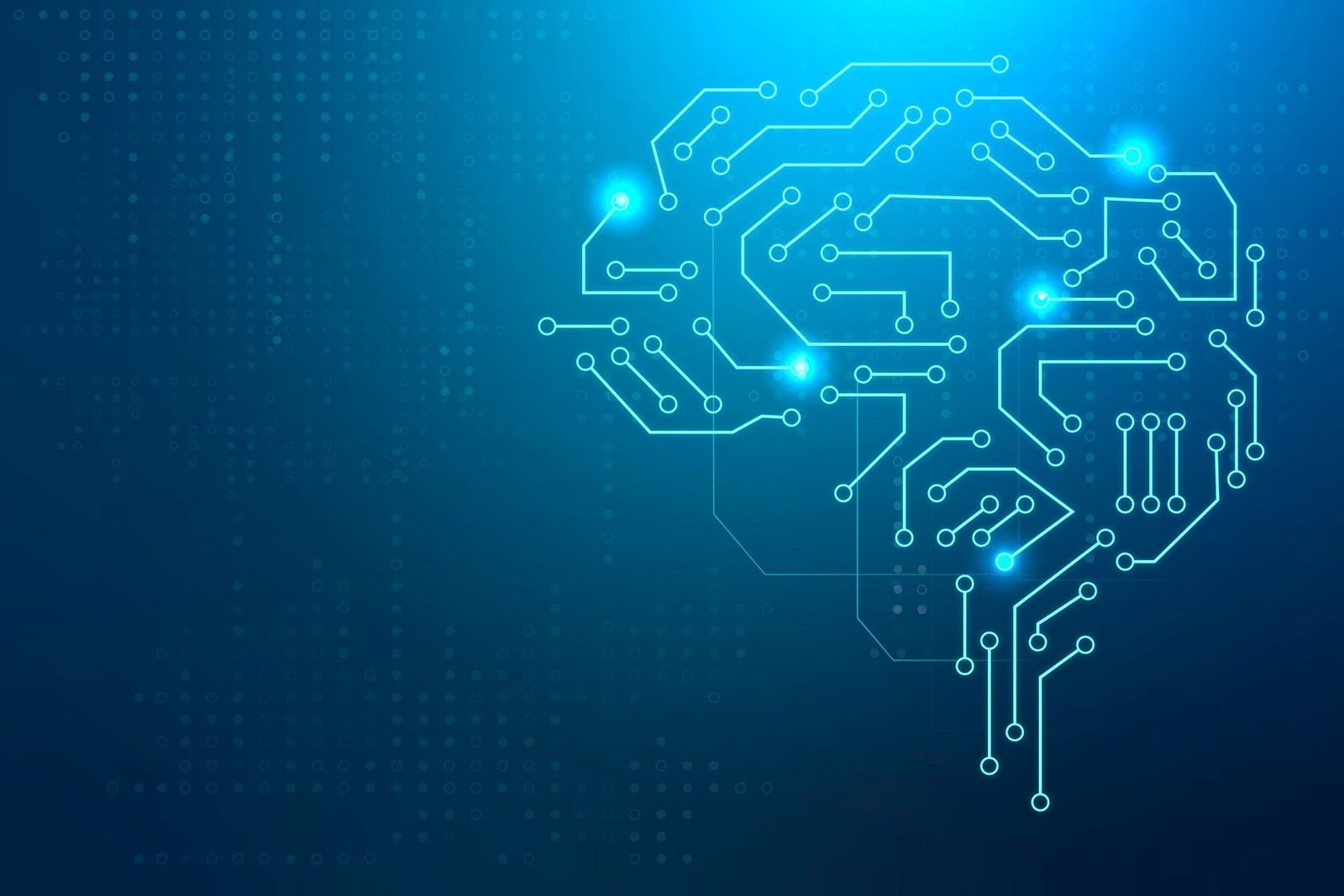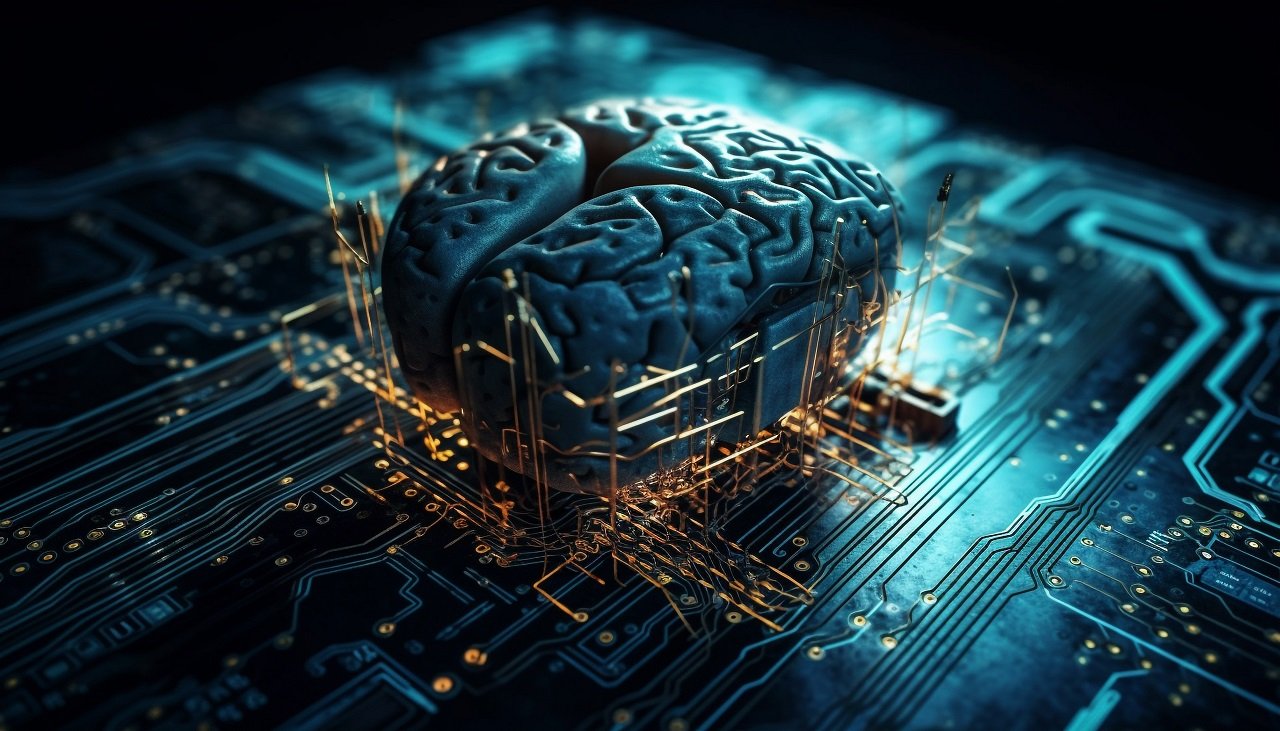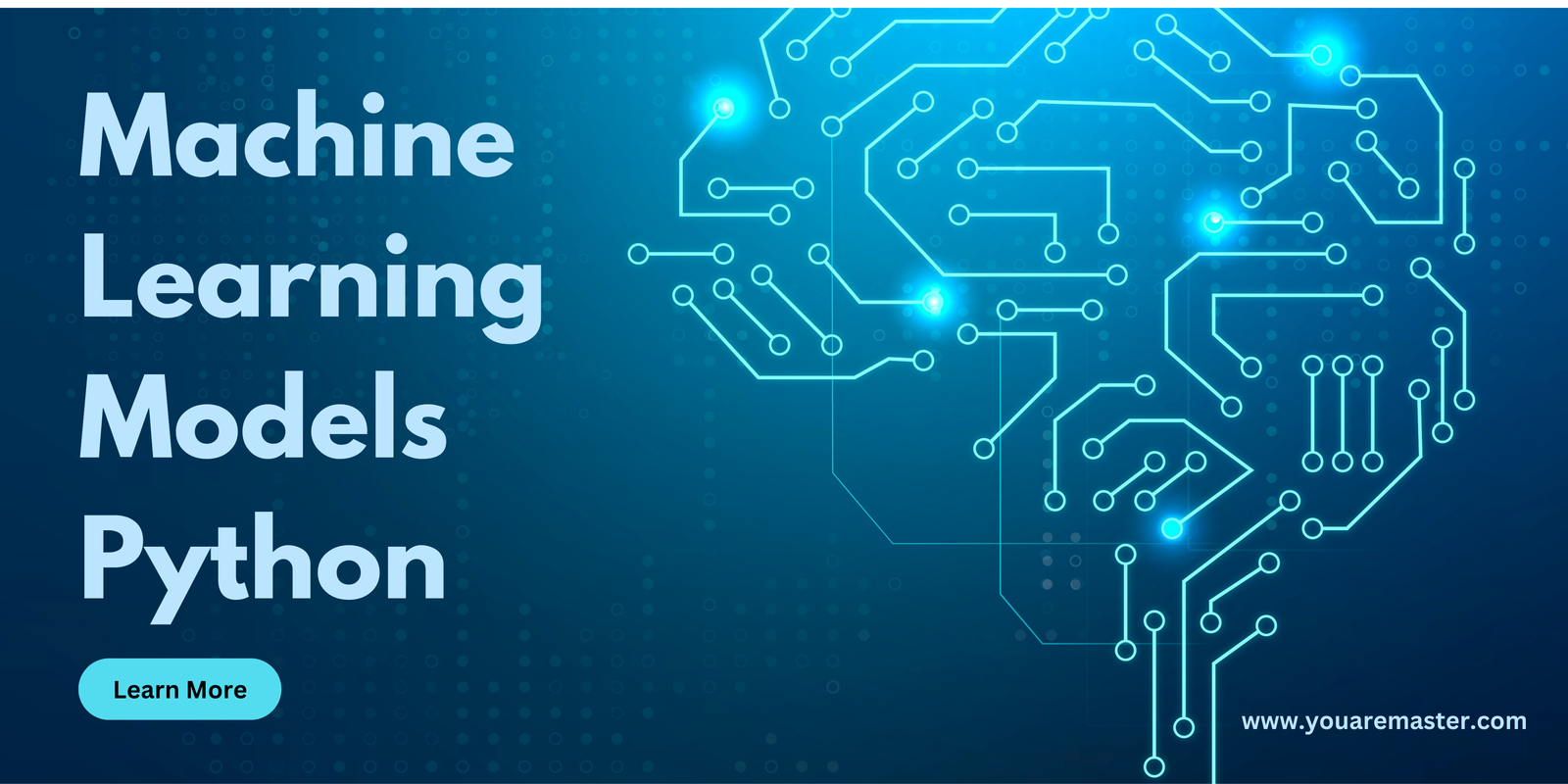Machine Learning Models Python
Machine learning has become a game-changing technology in the current digital era, enabling organizations and people to glean insightful information from massive volumes of data. Python has emerged as the preferred programming language for creating machine learning models due to its ease of use and adaptability. This article delves into the realm of Python machine learning models, examining their various varieties, applications, benefits, drawbacks, and potential directions.
1. Introduction to Machine Learning Models Python
Definition of Machine Learning
Within the field of artificial intelligence (AI), machine learning gives computers the ability to learn from data and get better over time without needing to be explicitly programmed. It centers on the creation of algorithms with pattern recognition and decision-making capabilities based on input data.

Importance of Machine Learning Models
Machine learning models are essential to many sectors, such as marketing, finance, healthcare, and cybersecurity. They help businesses make better decisions, automate procedures, and extract hidden meaning from large, complicated pieces of information.
Overview of Python in Machine Learning
Python’s ease of use, readability, and large library of functions like NumPy, Pandas, and Scikit-learn have made it a popular choice for machine learning applications. With these packages, Python becomes the go-to option for novices and experts alike for data processing, visualization, and model development.

2. Types of Machine Learning Models Python
Supervised Learning
By using labelled data to train a model, supervised learning teaches an algorithm how to translate input variables into output variables. Two popular supervised learning techniques are classification and regression.
Unsupervised Learning
Unsupervised learning works with unlabeled data, meaning that the algorithm finds structures and patterns in the dataset without direct supervision. Typical problems in unsupervised learning include clustering and dimensionality reduction.
Reinforcement Learning
The goal of reinforcement learning is to teach agents how to interact with their surroundings and make successive decisions. Through trial and error, it gains knowledge and is rewarded or punished according to its deeds.

3. Popular Machine Learning Models Python
Linear Regression
A straightforward yet effective method for simulating the connection between a dependent variable and one or more independent variables is linear regression. It is frequently employed to forecast ongoing results.
Decision Trees
Decision trees are hierarchical structures that use feature values to divide the data into subgroups. They can handle both category and numerical data, and they are intuitive to comprehend.
Random Forest
Several decision trees are combined in the random forest ensemble learning technique to increase prediction accuracy and decrease overfitting. It is reliable and appropriate for jobs involving both regression and classification.
Support Vector Machines (SVM)
Support vector machines are models for supervised learning that are employed in regression analysis and classification. They function by locating the feature space hyperplane that best divides the classes.

K-Nearest Neighbors (KNN)
A straightforward technique called K-nearest neighbours uses the majority vote of its neighbours to classify items. Although it doesn’t require much training and is non-parametric, it might be computationally demanding when dealing with big datasets.
Neural Networks
Neural networks are models with biological inspiration that consist of layers of linked nodes, or neurons. They serve as the cornerstone of deep learning and are capable of learning intricate patterns.
4. Implementing Machine Learning Models Python
Libraries and Frameworks
TensorFlow, Keras, and PyTorch are just a few of the many machine learning tools and frameworks available for Python. These tools offer effective implementations of different algorithms as well as high-level abstractions.

Data Preprocessing
Data preparation, which includes operations like cleaning, encoding, scaling, and feature engineering, is an essential phase in machine learning. Python packages that provide easy functions for manipulating and transforming data include Pandas and Scikit-learn.
Model Training
In order to discover the underlying patterns, model training entails fitting the algorithm to the training set. With just a few lines of code, a variety of machine learning models may be trained using Python’s Scikit-learn module, thanks to its user-friendly interface.
Model Evaluation
In order to evaluate machine learning models’ effectiveness and make sure they can generalise to new data, model assessment is crucial. Comprehensive tools for assessing measures, including F1 score, recall, accuracy, and precision, are available in Python.

5. Advantages of Using Python for Machine Learning
Extensive Libraries
Python has an extensive library for machine learning that covers all facets of the development process, from preparing data to deploying models.
Scalability
Thanks to libraries like Dask and Spark, Python’s scalability enables developers to create machine learning models that can effectively manage massive amounts of data.
Flexibility
Python’s adaptability makes it easy for developers to test out various algorithms and methods, which spurs machine learning creativity and investigation.
Community Support
The thriving Python development and data science community offers a wealth of tools, courses, and discussion boards for information exchange and problem-solving in machine learning applications.

6. Challenges and Limitations
Overfitting
A model is said to be overfit when it learns the training set too well, catching noise and unimportant patterns that don’t transfer to new data.
Data Quality
Machine learning models’ effectiveness is strongly impacted by the quality of the data, which makes rigorous data cleaning, validation, and augmentation necessary.
Interpretability
Neural networks and other complex machine learning models frequently lack interpretability, which makes it difficult to comprehend and rely on their judgements.
Computational Resources
Large-scale infrastructure and potent GPUs are only two of the many computing resources needed to train deep learning models.

7. Future Trends in Machine Learning with Python
Deep Learning Advancements
Novelties in computer vision, natural language processing, and reinforcement learning are fueled by developments in deep learning techniques and architectures.
Integration with Big Data Technologies
Big data technologies like Apache Spark and Hadoop may be used with Python-based machine learning to handle and analyse large datasets in distributed situations.
Explainable AI
In order to improve trust and accountability, efforts are being made to create transparent and comprehensible machine learning models that offer insights into their decision-making process.
8. Conclusion
To sum up, Python machine learning models are an effective toolkit for resolving challenging issues and gaining insights from data. Python’s abundance of libraries, user-friendliness, and community support keep it at the forefront of machine learning research and growth. But to fully utilise machine learning technology, issues like overfitting, data quality, and interpretability need to be resolved.
FAQs
Is Python the best language for machine learning?
Because of its ease of use, flexibility, and large library, Python is one of the most widely used languages for machine learning.
What are some practical applications of machine learning models?
Applications for machine learning models may be found in many different fields, such as recommendation systems, natural language processing, picture identification, and predictive analytics.
How can I get started with machine learning in Python?
Python programming fundamentals are a good place for beginners to start, and through online tutorials, courses, and practical projects, they may further study the ideas of machine learning.
What are some common pitfalls to avoid when building machine learning models?
Overfitting, underfitting, incomplete data, skewed datasets, and neglecting feature engineering are common mistakes.
What is the future outlook for machine learning with Python?
Python machine learning has a bright future thanks to continuous developments in deep learning, large data integration, and explainable AI, which provide both new possibilities and difficulties.

